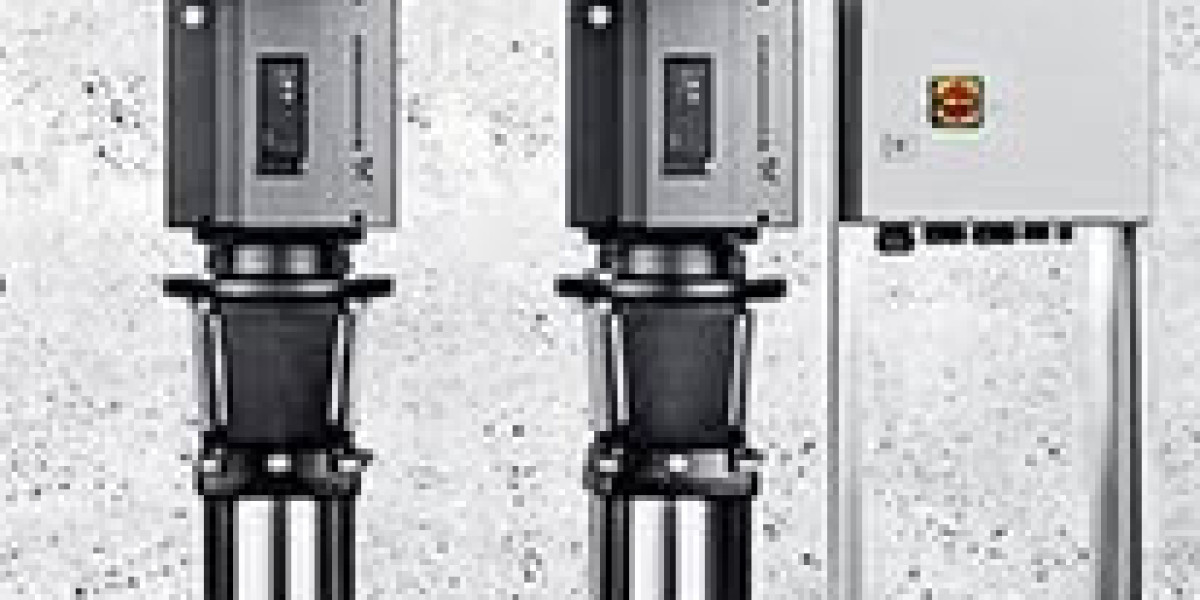Miami, known for its stunning beaches and tropical weather, faces unique challenges due to its low-lying geography and vulnerability to heavy rains and hurricanes. As the city continues to grow, managing stormwater and preventing flooding has become a critical aspect of urban planning. One of the most effective solutions in this regard is the use of wastewater pumps in Miami.
In this blog, we will explore how wastewater pumps help prevent flooding in Miami, their importance during storm events, and the types of pumps that are most commonly used to keep the city dry and functioning.
The Need for Wastewater Pumps in Miami
Miami’s flat terrain, proximity to the ocean, and frequent exposure to heavy rainstorms, especially during hurricane season, make it prone to flooding. In fact, even a few inches of rainfall can overwhelm stormwater systems, leading to street flooding, property damage, and contamination of water sources.
To counteract this, wastewater pumps play a key role by transporting excess water from flood-prone areas to treatment plants or other drainage systems. Without these pumps, Miami’s drainage infrastructure would struggle to keep up with the city’s growing needs, leading to increased flood risks.
How Wastewater Pumps Prevent Flooding
Wastewater pumps are designed to move large volumes of water quickly and efficiently. They ensure that excess water, whether from rainfall or rising sea levels, is directed away from homes, businesses, and streets, keeping the city dry and minimizing flood damage. Here’s how wastewater pumps in Miami help prevent flooding:
1. Efficient Removal of Stormwater
During heavy rain events, stormwater can quickly accumulate in low-lying areas, overwhelming traditional drainage systems. Wastewater pumps, specifically stormwater pumps, are designed to handle this surge by pumping water to higher elevations or into canals and reservoirs. This ensures that streets and properties don’t become inundated, especially in neighborhoods prone to flooding.
2. Support During Hurricanes and Storm Surges
Miami’s location along the coast makes it particularly vulnerable to hurricanes and storm surges. When a hurricane hits, storm surges can push large amounts of seawater inland, causing serious flooding. Wastewater pumps work to quickly move this excess water back out to sea or into safe storage, preventing water from sitting in the city’s streets and damaging properties.
3. Backup for Gravity-Based Systems
In many cities, gravity is relied upon to move wastewater and stormwater through the drainage system. However, in Miami’s flat terrain, gravity alone is often not enough. Wastewater pumps provide the necessary force to move water over long distances or to higher ground, ensuring that stormwater doesn’t stagnate or back up during heavy rainfall.
4. Preventing Sewer Overflows
During severe weather events, Miami’s sewer systems can become overwhelmed with both wastewater and stormwater, leading to dangerous overflows. Wastewater pumps help manage this by keeping the flow of water moving smoothly, preventing backups that can lead to sewer flooding and contamination of water sources.
Types of Wastewater Pumps Used in Miami
Several types of wastewater pumps in Miami are used to manage stormwater and prevent flooding, each designed for specific purposes. These include:
1. Submersible Pumps
Submersible pumps are widely used in Miami due to their ability to operate underwater. These pumps are installed below ground or inside sump pits, where they can remove excess water during floods or heavy rains. Their sealed design protects them from debris and ensures reliable performance even in the most challenging conditions.
2. Stormwater Pumps
Stormwater pumps are specifically designed to handle large volumes of water quickly. During heavy rains, these pumps work to redirect water from streets and low-lying areas to storm drains or canals. Their high capacity and fast operation make them essential for flood prevention during Miami’s rainy season.
3. Lift Station Pumps
Miami’s flat terrain presents a unique challenge for stormwater management, as water cannot always flow freely through the drainage system. Lift station pumps are used to elevate wastewater and stormwater to higher levels, ensuring that it flows efficiently through the sewer system and away from flood-prone areas.
The Role of Wastewater Pumps in Miami’s Infrastructure
Miami’s urban infrastructure is designed to work hand-in-hand with wastewater pumps to manage stormwater effectively. In flood-prone areas, pumps are integrated into the city’s drainage network, helping to reduce the impact of heavy rains, tropical storms, and hurricanes. By keeping water moving efficiently, these pumps help prevent large-scale flooding and reduce the strain on Miami’s infrastructure.
A Growing Need for Resilience
As climate change continues to affect global weather patterns, Miami’s risk of flooding is expected to increase. Rising sea levels, stronger hurricanes, and more frequent heavy rainfall events mean that the city must continue investing in its wastewater pump infrastructure to remain resilient. Upgrading older pump systems, improving energy efficiency, and adopting new technologies will be essential in the years to come.
Conclusion
Wastewater pumps in Miami are essential to the city’s flood prevention strategy. From efficiently removing stormwater during heavy rains to providing critical support during hurricanes and storm surges, these pumps play a key role in protecting homes, businesses, and infrastructure. As Miami continues to face the challenges of rising sea levels and more intense storms, investing in modern, high-capacity wastewater pumps will remain a top priority to keep the city safe, dry, and resilient.
If you live in Miami or own property in a flood-prone area, ensuring that your wastewater pump system is up to date and properly maintained can make all the difference when the next storm hits.







